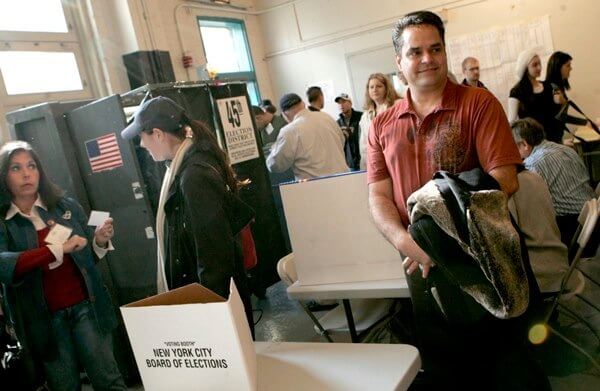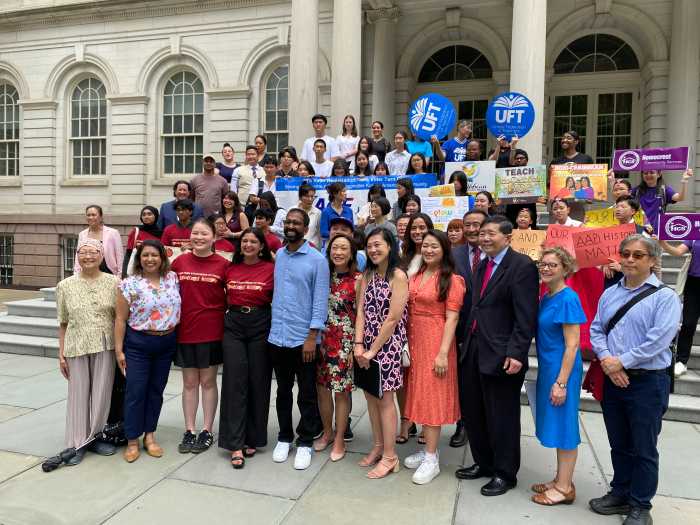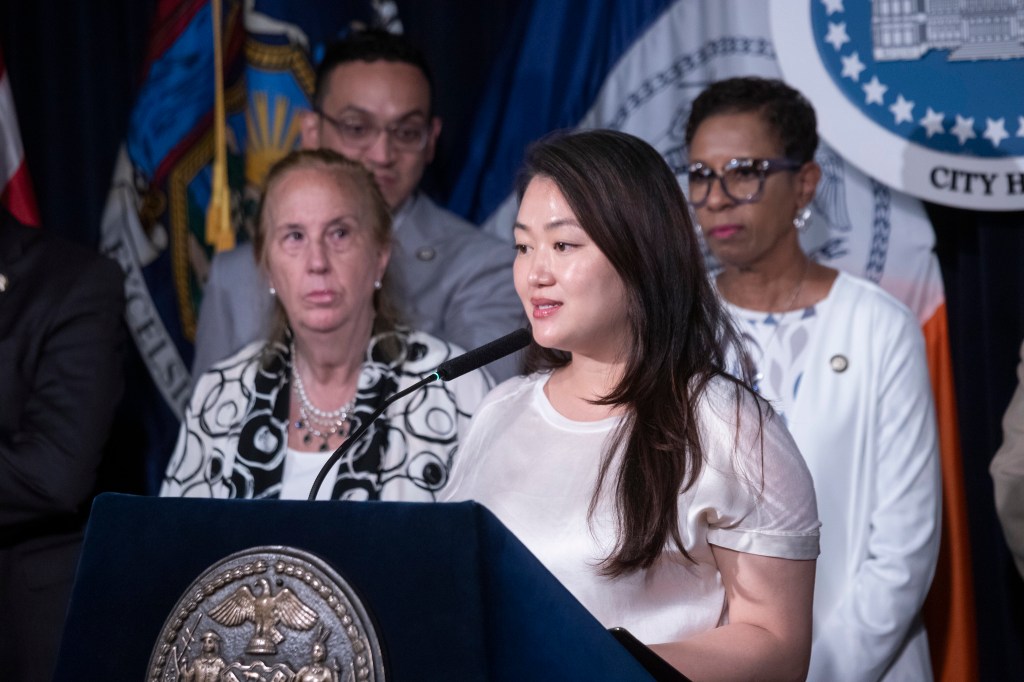By Mark Hallum
With one of the lowest voter turnout rates in the country, New York City’s elected officials and agencies have worked to change this and engage residents to participate in the democratic process.
A report by city Comptroller Scott Stringer 2016 showed turnout in the 2012 general elections to be at about 58 percent of registered voters and a separate report from the city Board of Election showed a slight increase to 62 percent from Queens alone in the 2016 general elections, which did not even begin to represent how few voted in midterm elections.
Last year’s presidential race saw 62 percent turnout in Queens alone.
Jon Greenfield, managing director of Red Horse Strategies, sums up the turnout troubles as information overload for voters.
“We’re at a point where there are so many different forms of media competing for voters’ attention. It makes it difficult for a candidate to get their message out there and encourage more people to come out and vote. Cutting through that noise is one of our greatest challenges at Red Horse, and that’s why we utilize so many different channels – print, digital, mail, TV – to help candidates communicate in a way that will resonate with voters,” Greenfield said.
“At the same time, New York has some of the more restrictive voting laws in the country. Reforming our current voting system by passing same-day registration, early voting and vote-by-mail laws would help make it easier for people to vote.”
But the city Campaign Finance Board is hoping to turn participation around through its NYC Votes initiative, which put forth an effort to inform through ads and promotional material, letting residents know the details of the 2017 election season leading up to the general election.
“We know from our research and hands-on interactions with voters that there’s an information gap that must be filled before substantial increases in turnout can be achieved,” Amy Loprest, executive director of the Campaign Finance Board, said. “Based on the numbers from the primary election, it’s clear that we are effectively reaching the voting population in New York City through our promotional ad campaign, and that will be key in getting voters to the polls on Nov. 7.”
Stringer attributed the low turnout to poll station operations, weak communication with voters, poor training for poll workers and voter disenfranchisement from purged voter rolls as well as the stringent regulations which require someone voting in a primary election to register with that party almost a year prior.
“The people of New York City have lost confidence that the Board of Elections can effectively administer elections and we intend to find out why the BOE is so consistently disorganized, chaotic and inefficient,” Stringer said in a 2016 letter announcing the intention to audit the BOE. “With four elections in New York City in 2016 alone, we don’t have a moment to spare.”
General election turnout for Queens was recorded by the BOE at 24 percent in 2014, according to the Stringer report, indicating a downward spiral from previous years.
While turnout for mid-term elections are traditionally much lower throughout the city than presidential elections,
the Sept. 12 citywide primary saw slow voter turnout throughout Queens as people arrived at polls at their leisure, often not having to contend with lines.
But southeast Queens was an exception to this. About 19,000 voters went to the polls in the communities covered by Councilman I. Daneek Miller (D-St. Albans) and the district which had been represented by Ruben Wills, who was convicted of corruption charges and left an empty seat behind.
“It’s amazing to see a new generation of leaders take up the mantle of public service,” Greenfield said. “We had the honor of working on Adrienne Adams’ campaign. She’s an example of local community leaders who have spent years in service to their neighborhoods, and who are now poised to make a difference in the Council. This kind of energy and enthusiasm helps drive participation.”
Adams is running for the Wills seat.
But the city traditionally has its ups and downs between the presidential election season and midterm elections, where turnout is low in a trend that has existed on national level since the 1820s, according to Pew Research.
Southeast Queens has always been highly engaged, however, according to one expert.
Reach reporter Mark Hallum by e-mail at mhall


































